Wild, wilder, wildest – Kenya
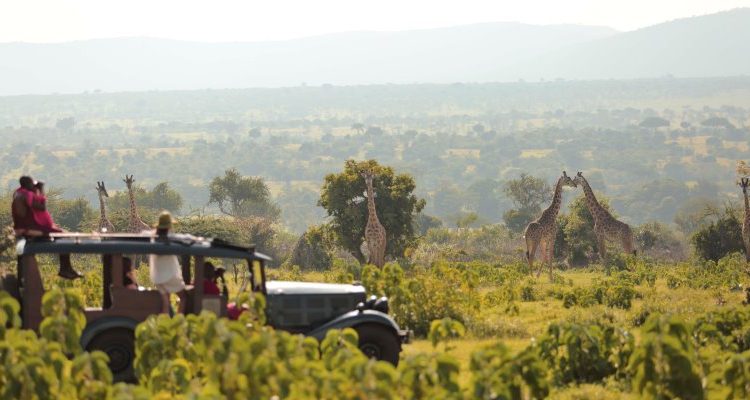
Wild – The Masai Mara’s Conservancies
The Masai Mara is a must see in Kenya. Most of us in the Aardvark Safaris’ team would make it one of our suggestions for people on their first safari. In fact, we’d probably also recommend it for those who have enjoyed a safari holiday elsewhere.
Bordered by the Siria Escarpment to the west and joining Tanzania’s Serengeti National Park to the south, the Masai Mara has always been the continent’s most prolific wildlife region. Not only does the ‘Great Migration’ of zebra and wildebeest visit between July and October, but Africa’s iconic wildlife is found here year round. Cut through by three life-giving rivers, habitats range from riverine forest to open grasslands, perfectly suiting plains game and shyer species.
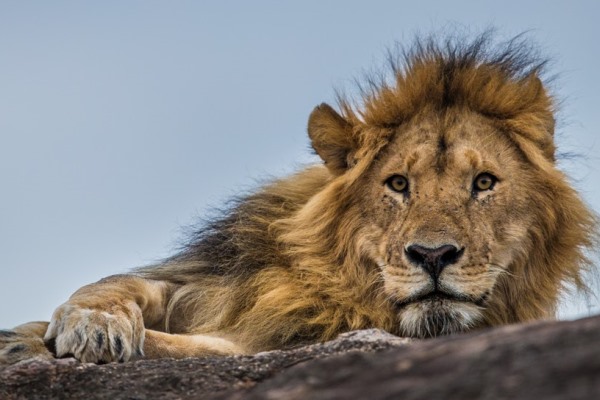
Magnificent lion close to Cottar’s 1920’s Safari Camp
The conservancies surrounding the Mara Reserve not only benefit local communities but share the same habitats and wildlife as the reserve itself. With entry restricted to those staying in the limited number of camps, such as centenary celebrating Cottar’s 1920’s Safari Camp, wildlife drives and walks can be enjoyed in areas with few other visitors.
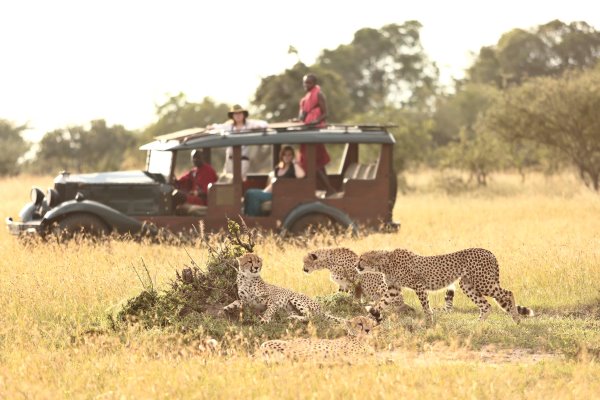
Cheetah seen on a wildlife drive from Cottar’s 1920’s Safari Camp
Wilder – Laikipia
The most interesting thing about the Laikipia region is that it is not protected by any official body. No governmental involvement and no national park restrictions. The farmers and tribespeople of this area simply came together to pioneer the community ranches that formed the template for the rest of Africa to follow. Fences were torn down and cooperation between neighbouring farms became the norm, opening up a huge landscape of grasslands, forests and dramatic basalt mountains.
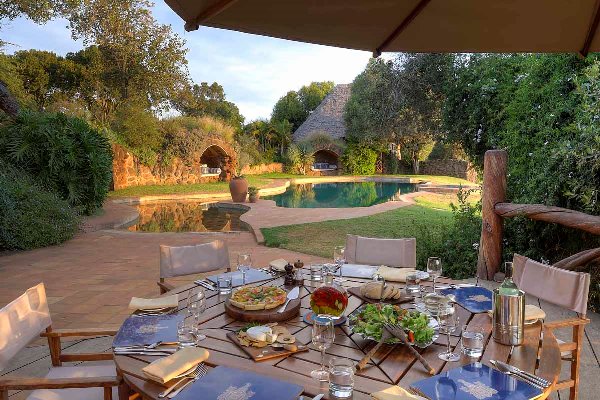
Lunch by the pool at Laragai House
Laikipia now has some of the most diverse populations of large mammals in the country, co-existing with the human population in a wonderful celebration of African diversity. More than half of Kenya’s black rhino live here, as well as a large number of the hugely endangered Grevy’s zebra. Even wild dog – perhaps the most endangered of all carnivores – can be found roaming the Laikipia region. Laikipia’s wildlife enjoys a perfect climate. Despite being on the equator – some safaris cross hemispheres several times a day – its altitude means the weather is temperate: warm and sunny through the day and cool at night.
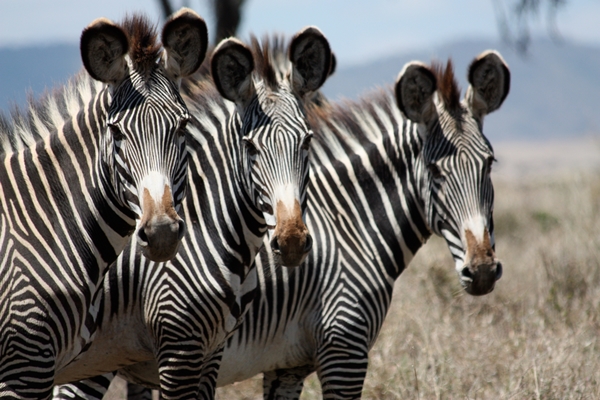
Grevy’s zebra in Laikipia. Sirikoi House
For those looking for a holiday with a variety of safari activities and experiences, Laikipia is hard to beat, from offering rides on camels, horses or quad bikes across dramatic landscapes, to fishing, swimming, and tubing in the rivers. There are luxury camps such as Sirikoi and private houses like Laragai at one end of the scale, but also sleeping out under the stars is possible in a four poster on a platform with Loisaba or a simply a mattress on a huge granite rock.
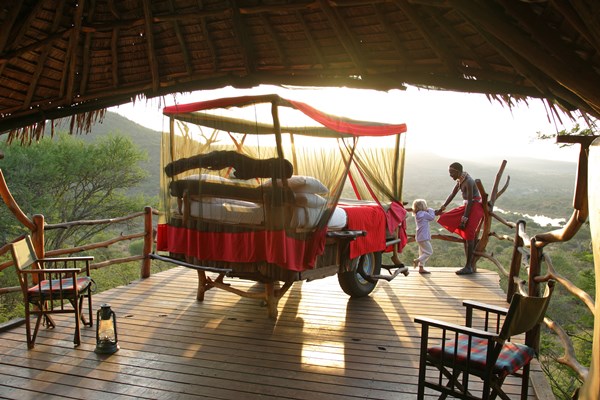
Bed with a view. Star beds at Loisaba
Wildest – Lake Turkana
I knew about Lake Turkana from fairly early on in my time at Aardvark Safaris, but it wasn’t until I read Journey To The Jade Sea – John Hillaby’s account of his 1,000-mile walk with a camel train through northern Kenya to Lake Turkana – that I really understood the remoteness and hostile nature of this area.
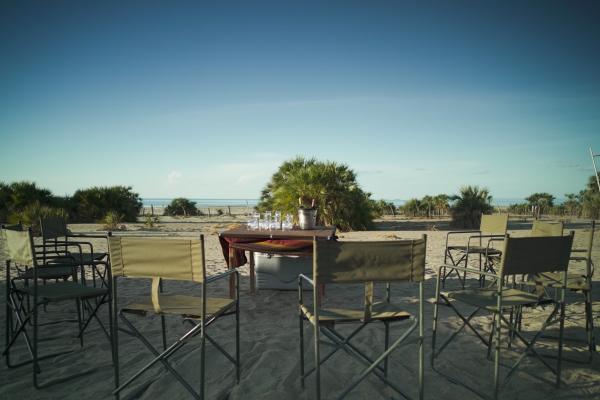
Lunch overlooking Lake Turkana at Lobolo Camp
Lake Turkana is the world’s largest desert lake. As Lobolo Camp’s own website describes it, the lake is “a spectacular slash of blue across parched desert, lava fields and mountains.” The average daytime temperature during the ‘cold season’ in July is around 32°C and this rises to over 40°C throughout much of the year.
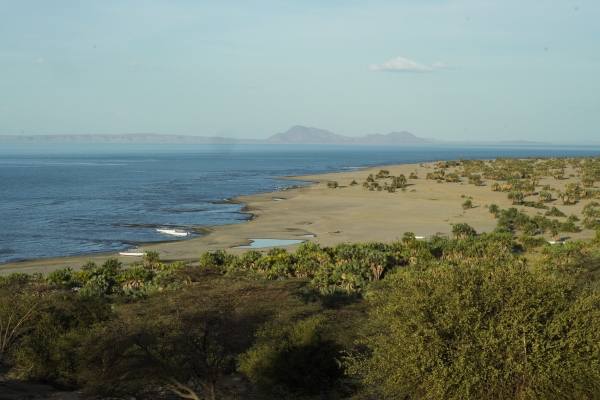
It doesn’t get much wilder than this. Lake Turkana, Lobolo Camp
This is not an area for classic African wildlife, but for boat trips, visits to archaeological sites, fishing, flamingos, and gaining an understanding of the way of life of the Turkana people. Make the effort to get here and you’ll be rewarded with a holiday like no other.
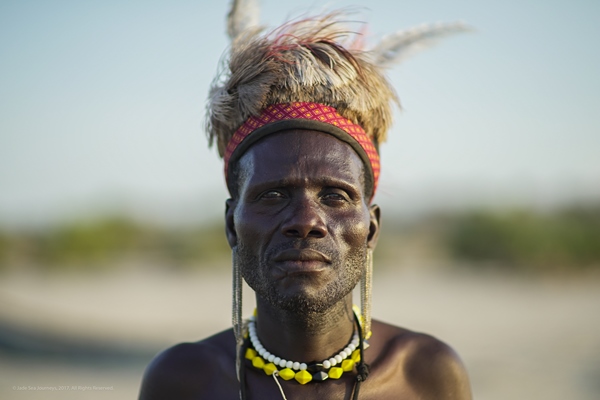
Cultural encounters at Lake Turkana. Lobolo Camp
Any questions on holidays to wild Kenya?
If you’ve got this far and not found an answer to a question you have that we should have included, please ask in the comments section below, or pop us an email. We’ll be sure to reply and may amend the article to include our answer.
What next?
We would be delighted to help you plan a holiday, whether to the Masai Mara, Laikipia or the furthest reaches of Kenya. Our team of experts have travelled widely throughout Africa. They can offer expert advice on every type of safari from family and beach holidays to riding and primate safaris. Do get in touch – chatting to people by phone or email is what we do best. We listen, we explain, we answer all sorts of questions even those you didn’t know to ask, and finally we make suggestions. If this is your first time to Africa or your twenty first, we have a team standing by to help make the planning easy and the journey the best ever. Please get in touch whatever stage you’re at.
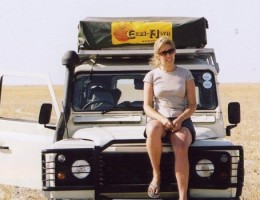
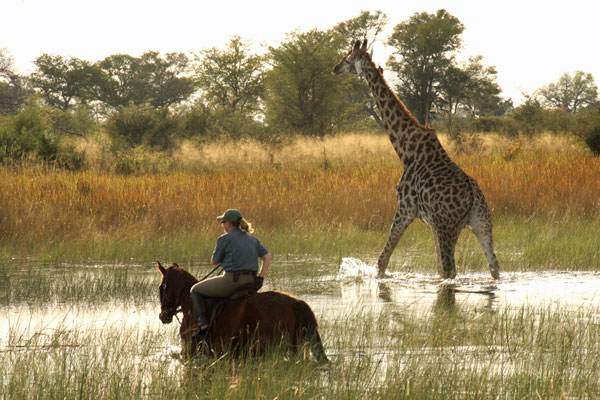
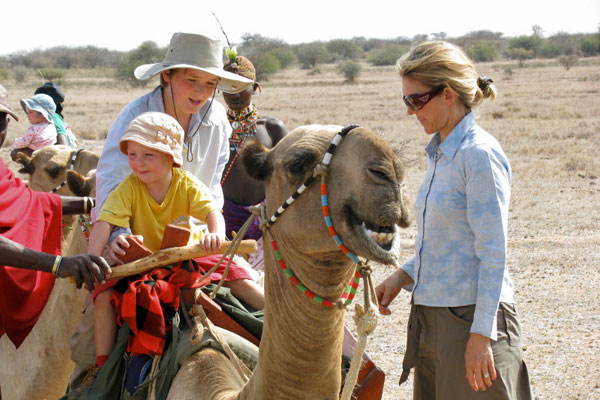 Camel safari, Kenya, Laikipia,
Camel safari, Kenya, Laikipia, 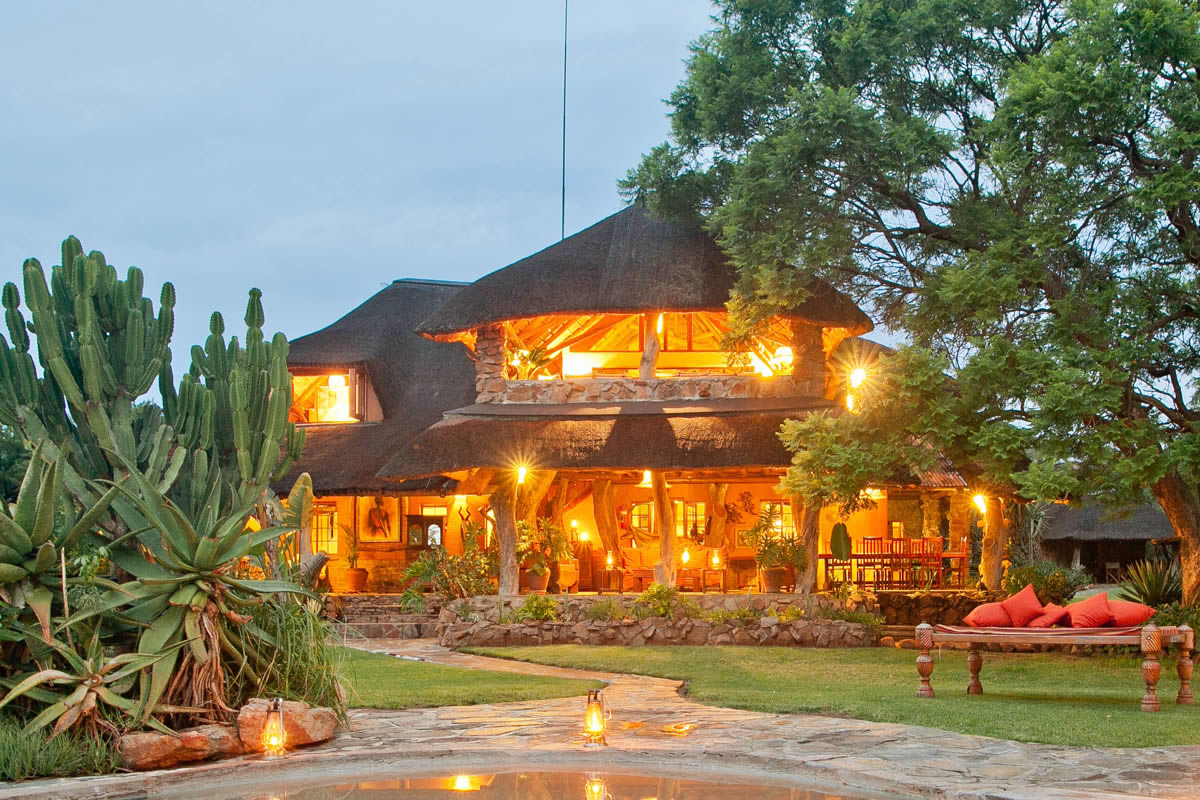 Luxury safari accommodation Waterberg, South Africa,
Luxury safari accommodation Waterberg, South Africa, 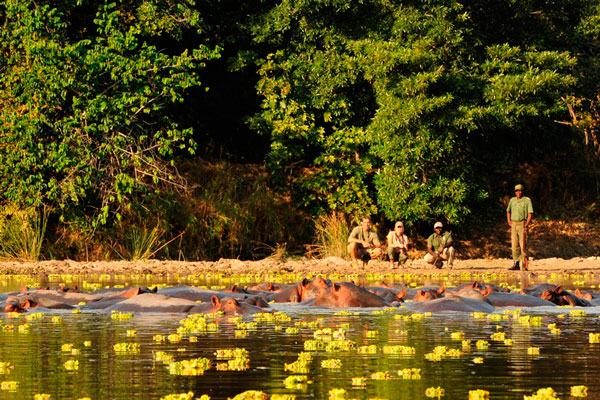 Hippos on a walking safari, South Luangwa, Zambia,
Hippos on a walking safari, South Luangwa, Zambia,
We are looking at a safari holiday for the first 2 weeks in August. It would be good to have a few days on a beach but the safari part is the priority. Happy to stay in 3 different places as we like being active and exploring. Wondering if you could help.
Dear Sally, Your enquiry has been passed onto a safari sales person who will be in touch shortly. Best regards
Renate